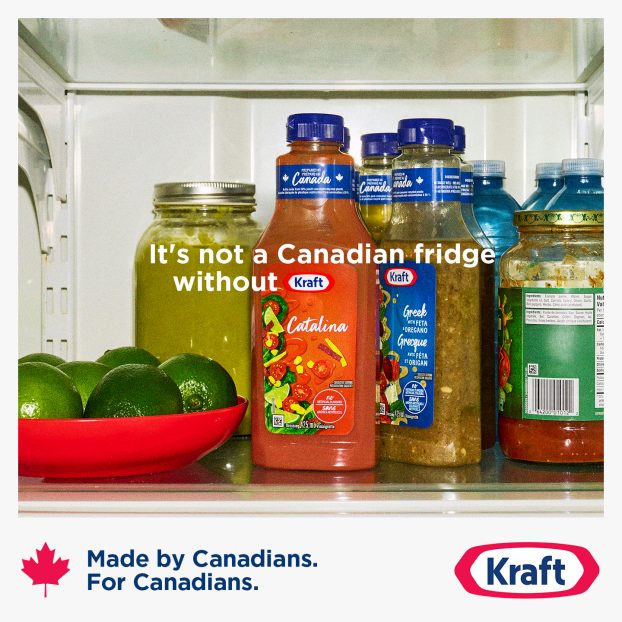In a time warp?
The fall of 1988, when Canadians last went to the polls, seems like worlds, not a mere five years, ago.
The economy was booming, consumers were spending like crazy and the media – television in particular – were basking in the glow of a red-hot advertising market. In fact, the last big binge of advertising spending occurred in the fall of ’88, fueled by federal elections in Canada and the u.s. and a late summer Olympics that stretched into September.
Then about a year later, after repeated denial and stubborn refusal to even use the dreaded ‘R’ word, the recession hit in full force.
For a variety of reasons, advertisers began moving away from commissionable media after the end of 1988 and have not returned, certainly not en masse. Not the least of these reasons had been the inattentiveness of the media to the changing demands and needs of advertisers.
However, since about mid-1989, when the media began realizing that the contraction in advertising spending was not a momentary blip, but a much more serious and fundamental problem, the people in charge at magazine publishing houses, newspaper offices and television networks figured out they must go back to the basic practice of customer service.
They had to get to know their clients – advertisers – better.
The first step was to hire a new front line of executives who could speak the same language. So the media went looking for new blood in the marketing departments of classic consumer goods companies.
The next step was to bring about a change in the orientation of media sales, from strict sellers of time and space, to marketing allies who could help advertisers find more efficient and effective ways of reaching their own customers.
Soon the media was talking about strategic alliances with clients, ‘value-added,’ and a whole new era of co-operation and mutually beneficial partnership.
Another election is in full swing, economic recovery is anyone’s guess, and that sense of common purpose between advertisers and the media is, at best, still in a relationship-building stage.
So it is somewhat surprising that television broadcasters would be party to a last-minute change in the rules governing commercial time limits.
Using the anomaly of the 1992 referendum as precedent, the crtc, at the request of the Canadian Association of Broadcasters, has allowed broadcasters to not count political ads as part of the 12 minutes of commercial time per hour they are now permitted. It could mean that as much as 16 minutes of commercial time will run in some programs between Sept. 26 to Oct. 23.
These changes were approved without the foreknowledge of the Association of Canadian Advertisers and, more importantly, long after these same national advertisers had bought time on valuable fall programming on the assumption that commercial clutter would be restricted to 12 minutes.
Advertisers have every right to feel that broadcasters are up to their old tricks again, and every reason to wonder how serious they are about building this relationship of true mutual benefit.























